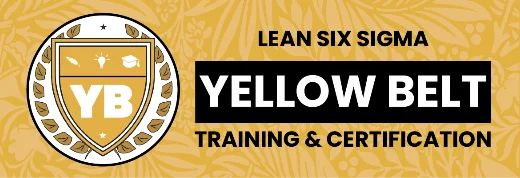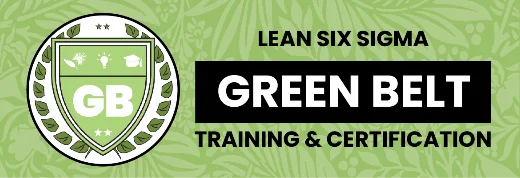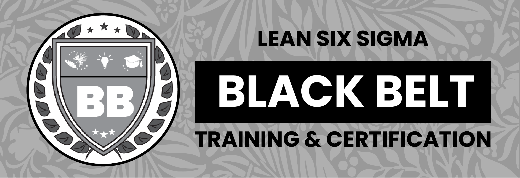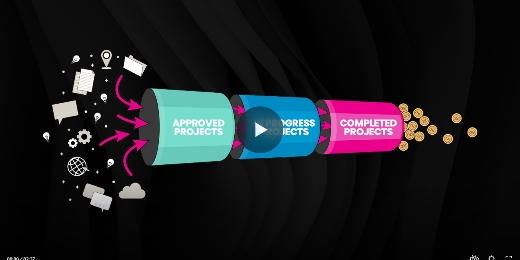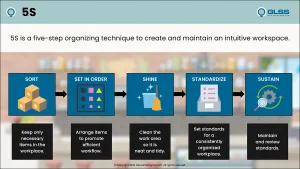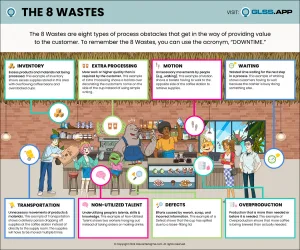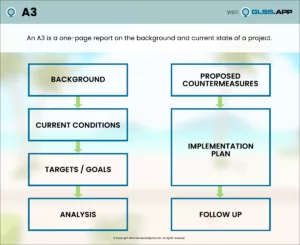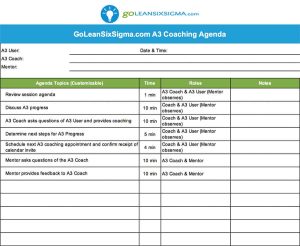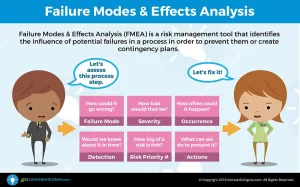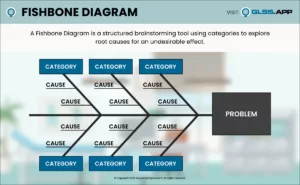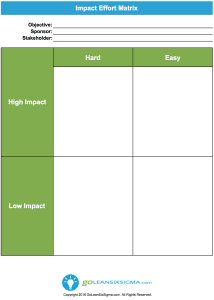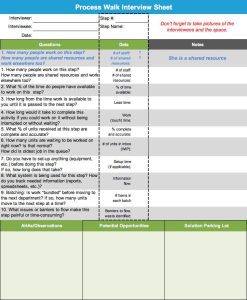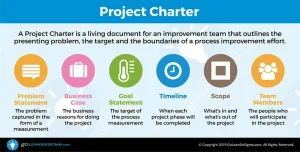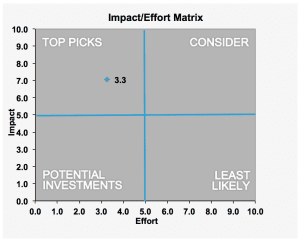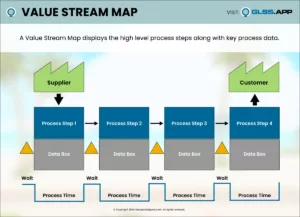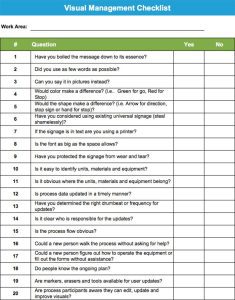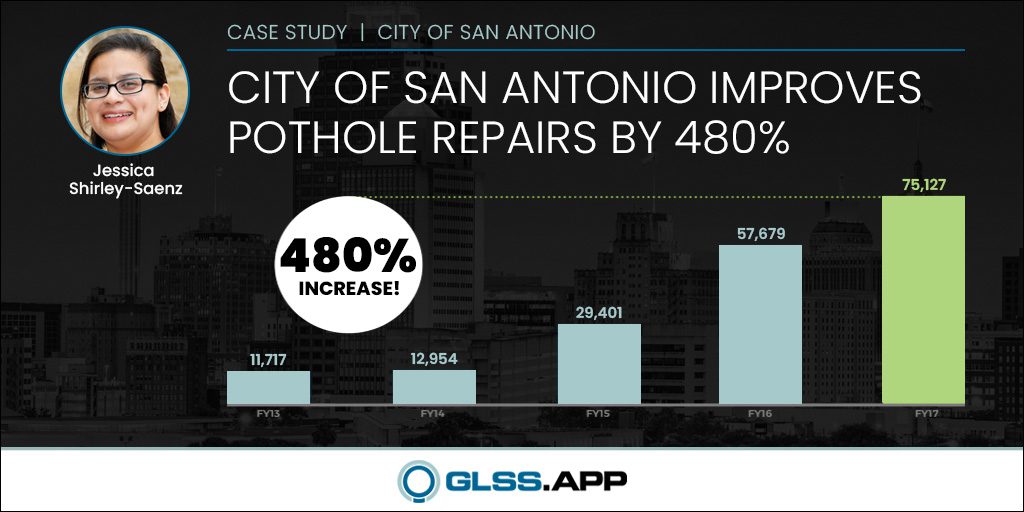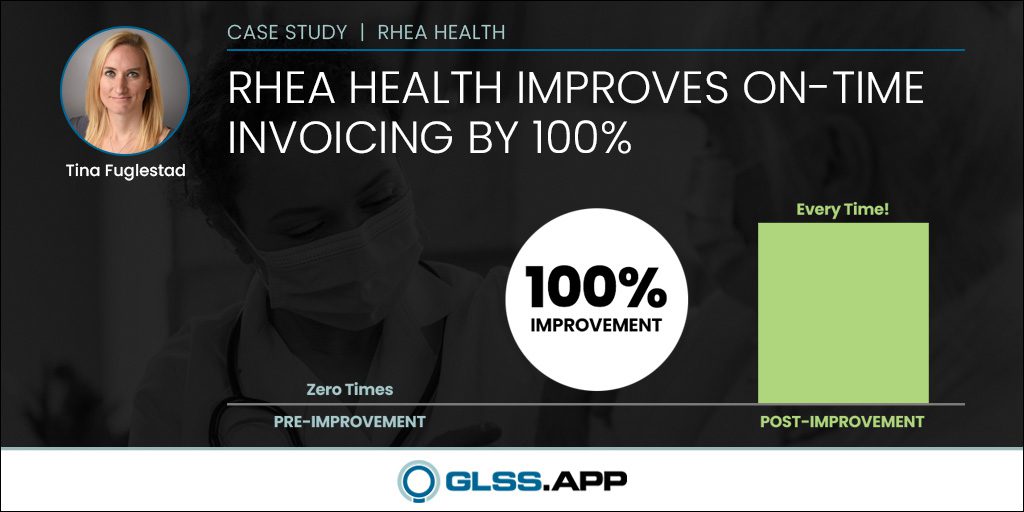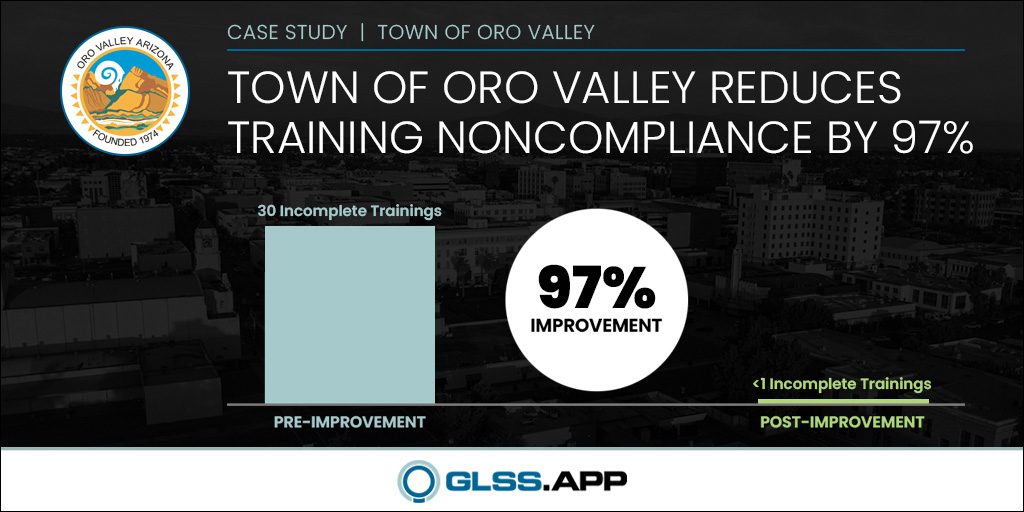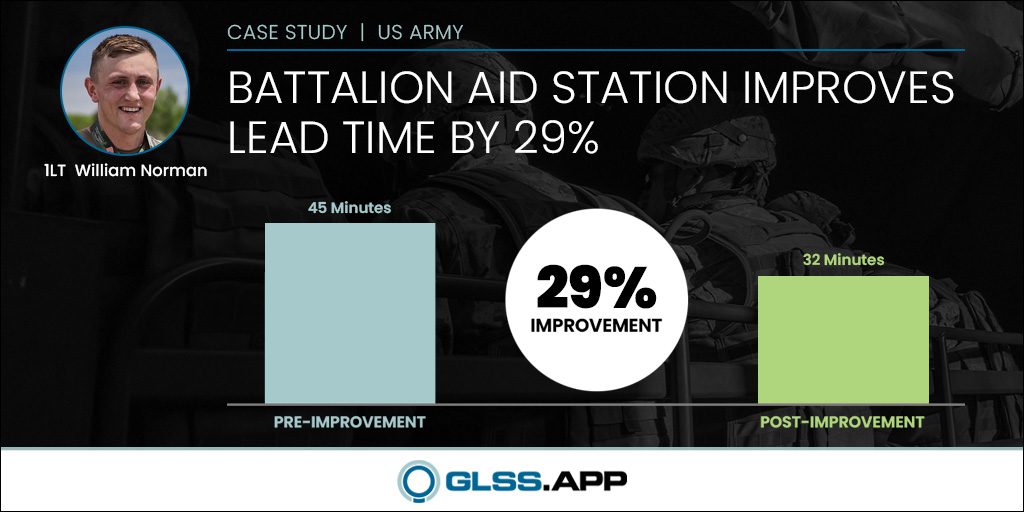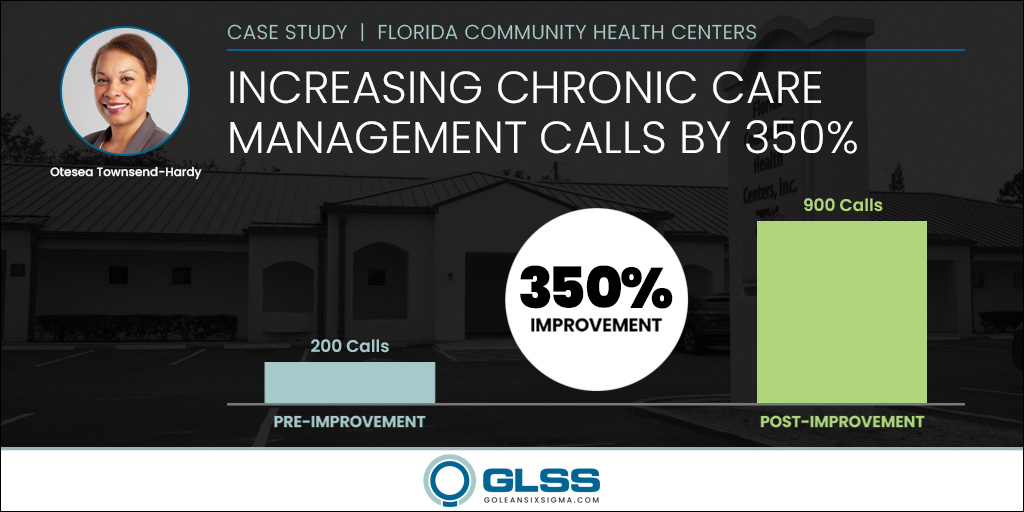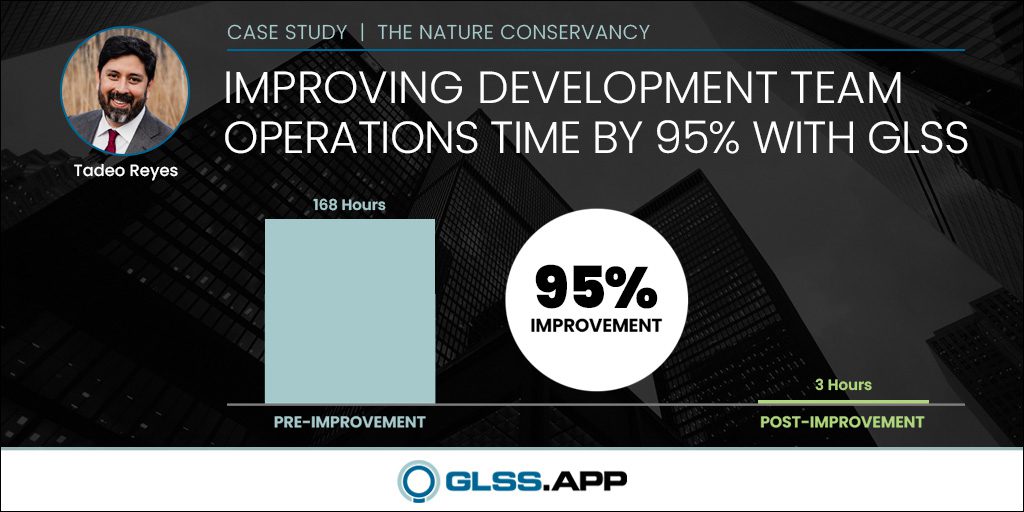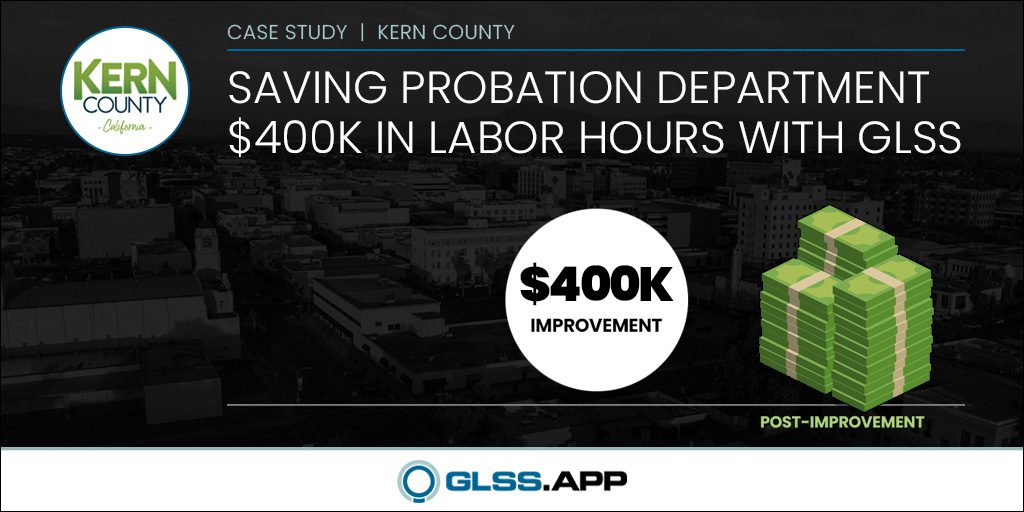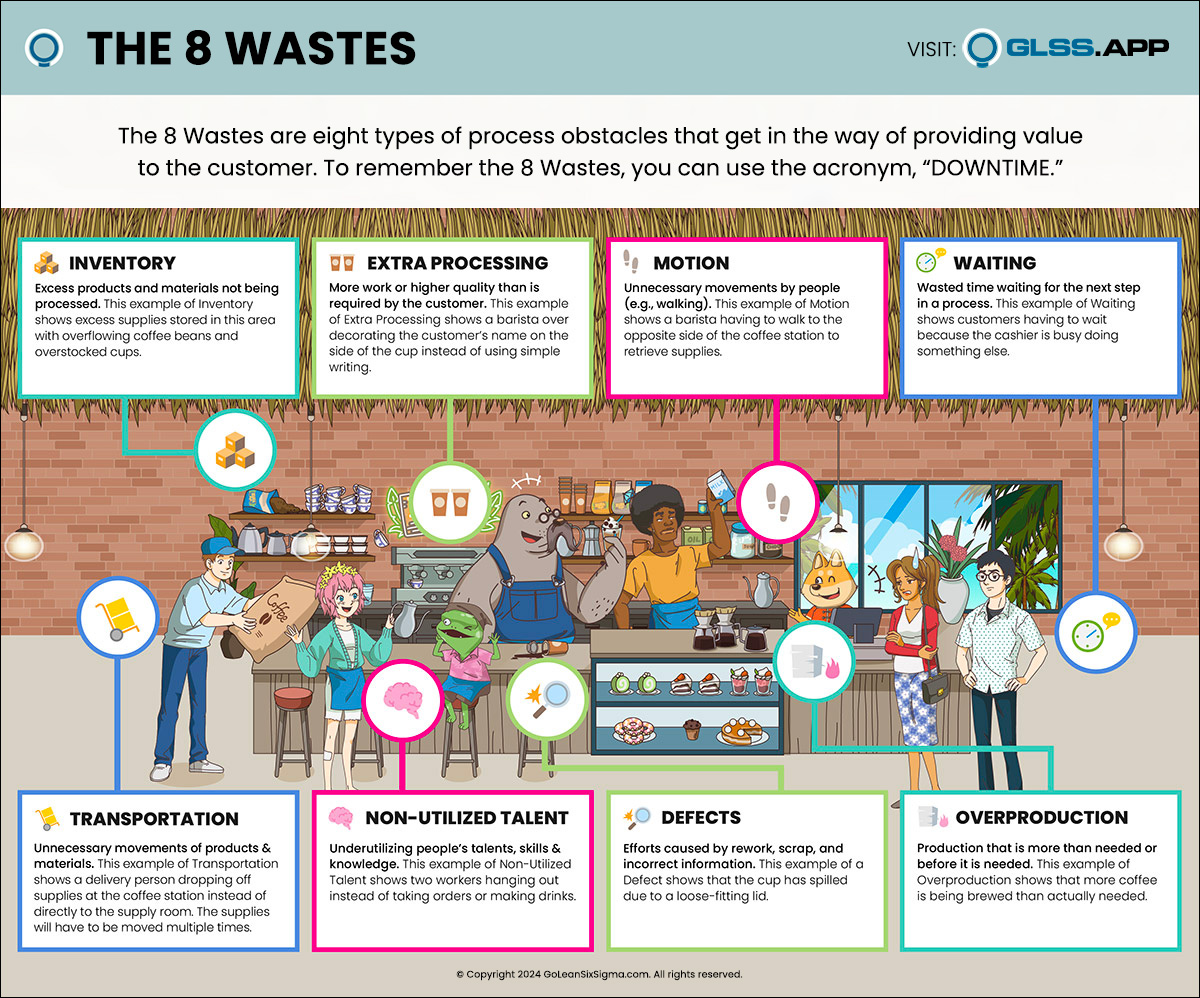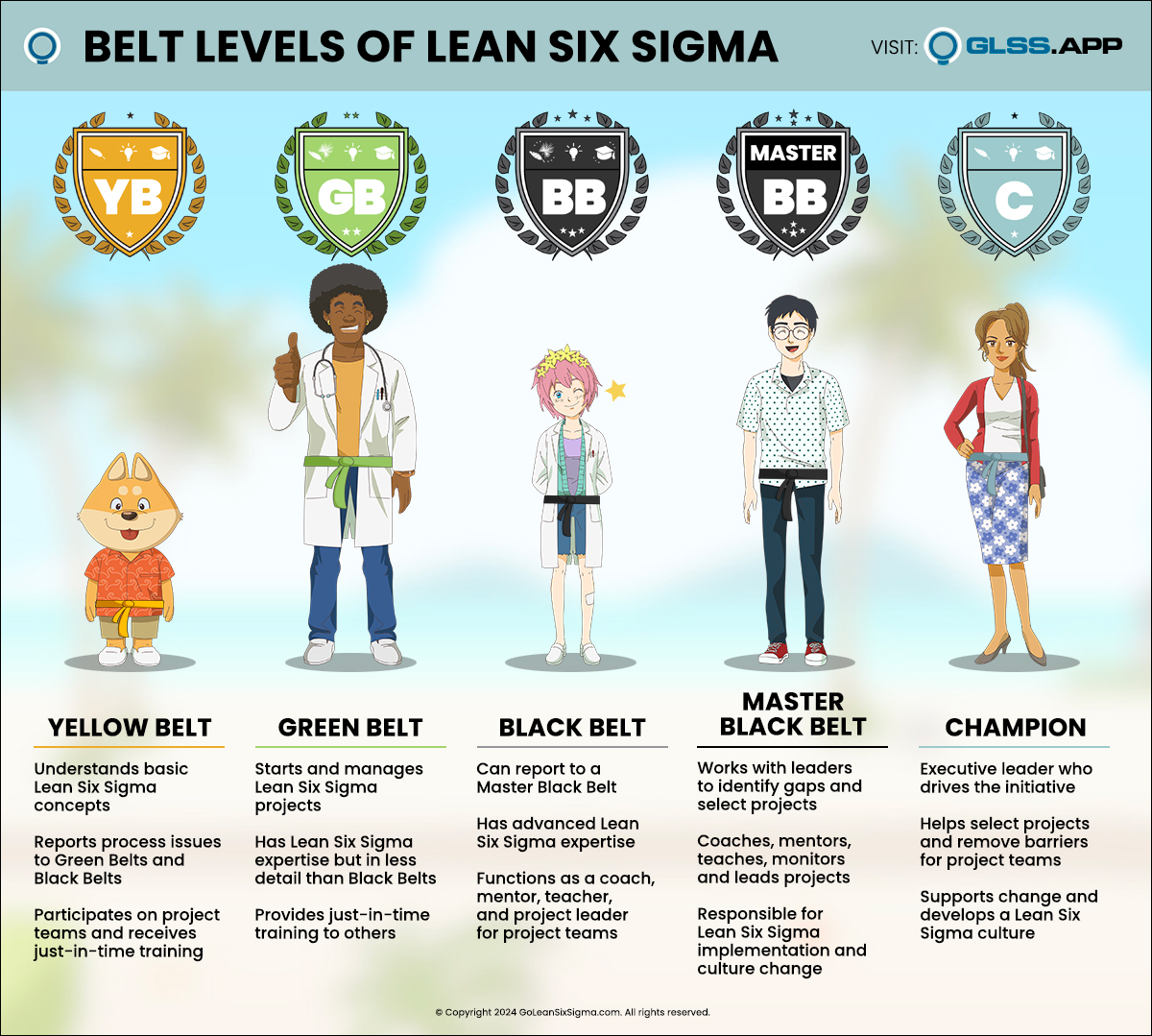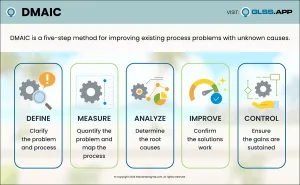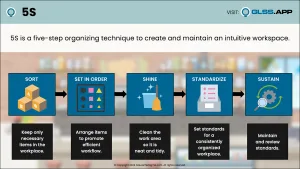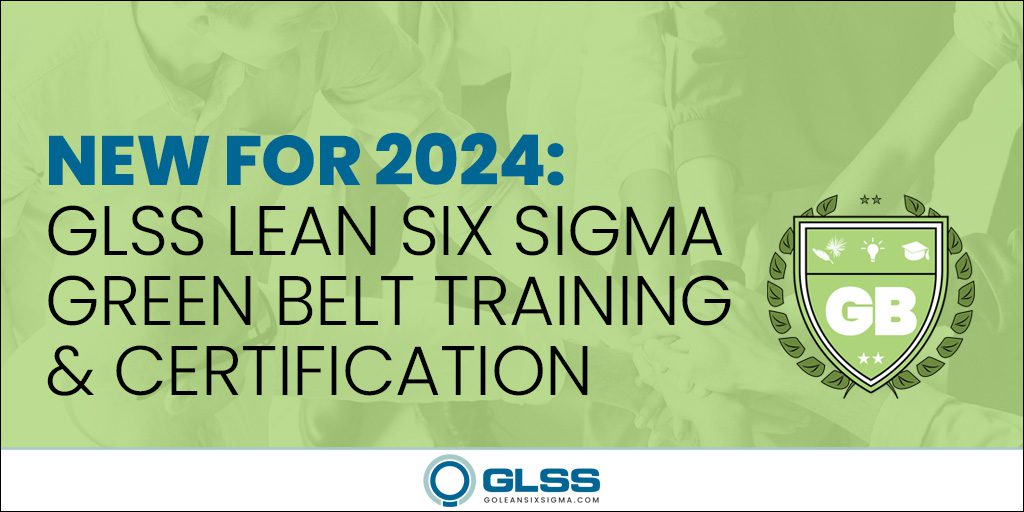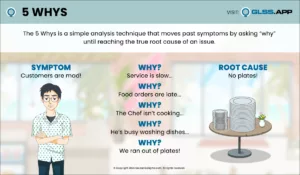
Lean Glossary
Home » Lean Glossary
summary Summary What is a Cycle Time? Cycle time is the measurement of the time elapsed from the beginning of a process or a step
...SMART Goals is based on the acronym that stands Specific, Measurable, Attainable, Relevant and Timebound. Following this acronym is a great way to construct clearly-defined
...True North is a term that originated recently with Toyota and refers to the ideal or “goal state”—where a company is headed. The idea is
...Toyota’s 8 Steps for Practical Problem Solving are rooted in Walter Shewhart‘s (and Dr. Deming‘s) PDCA Cycle (Plan Do Check Act). Toyota expanded on “Plan”
...Best Practice Sharing refers to spreading news of improvement ideas throughout an organization. Another term is to share “Transfer Opportunities” although the idea is to
...Production Leveling refers to the smoothing of manufacturing production in the face of fluctuating demand. The method was developed as part of the Toyota Production
...Process management is an approach to better understand, measure and govern processes across an organization. Process Management is the antidote to the natural development of
...Yokoten is a Japanese term that translates to sharing improvement ideas throughout an organization. Other terms include “Transfer Opportunities” and “Best Practice Sharing” although Yokoten
...Kamishibai Board is Japanese for “Storyboard.” Kamishibai Boards were developed within the Toyota Production System (TPS) as a visual audit a system to ensure the
...No post found.

